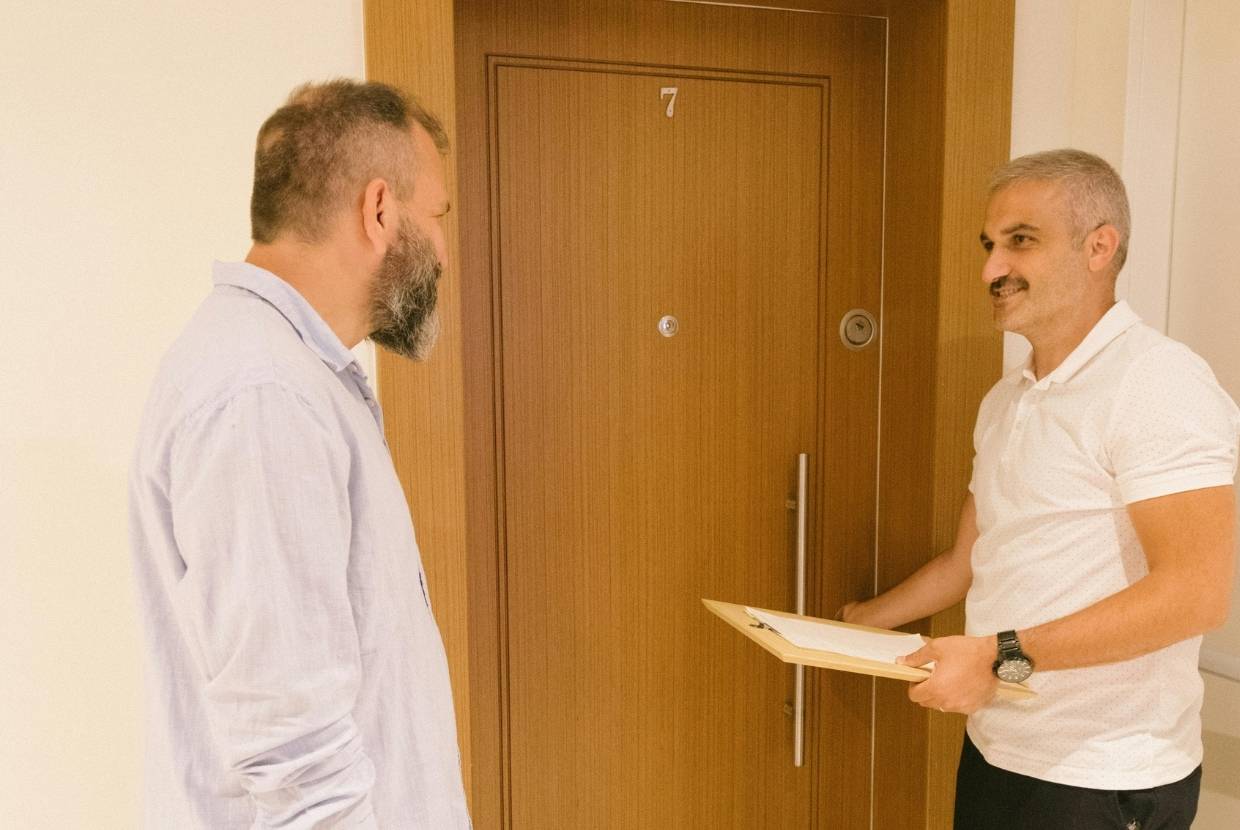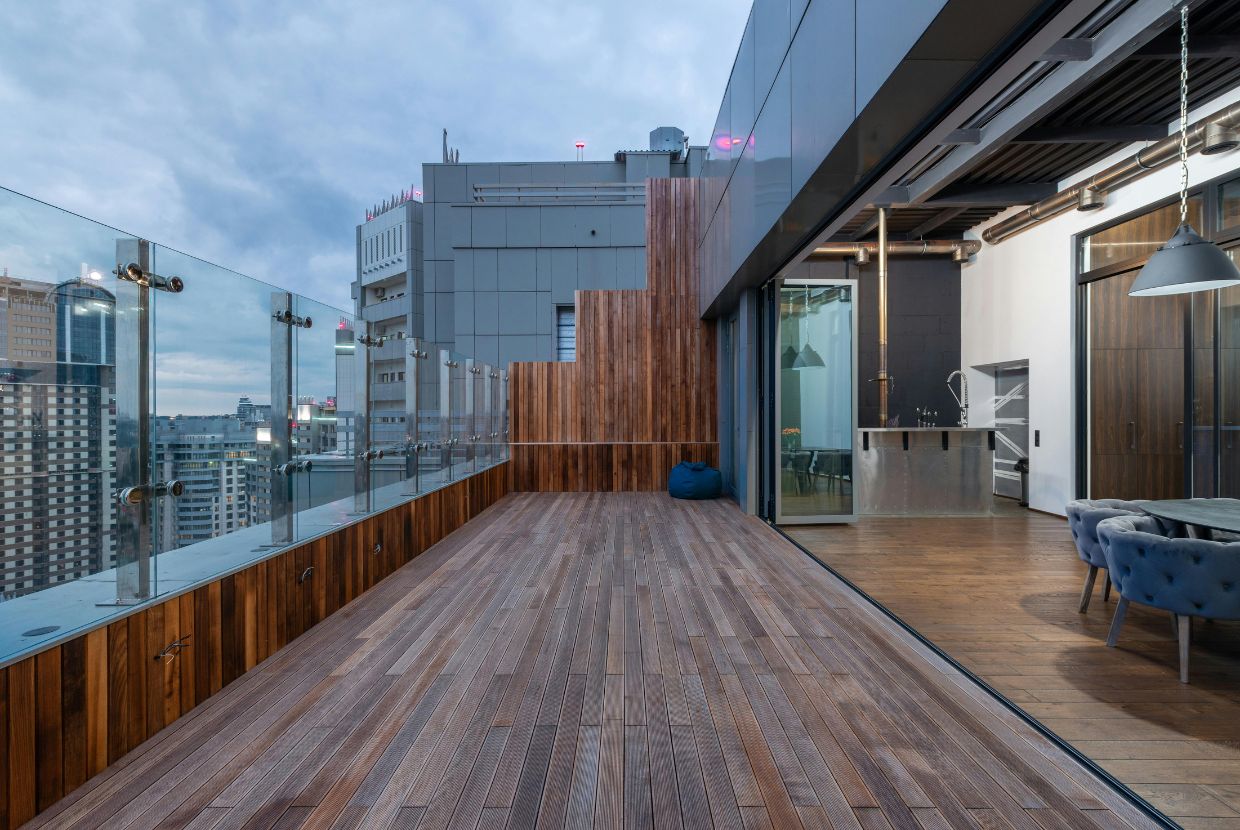When someone considers a complete renovation, one question usually arises fairly quickly: which HVAC system is best? And that's where the classic debate comes in: underfloor heating vs. aerothermal heating. It's no coincidence. More and more people are prioritizing energy efficiency, comfort, and also environmental impact when renovating their homes. And these two systems have a lot to do with all of that.
Now, although they're often mentioned together, the reality is that they're not the same thing, nor do they perform exactly the same function. So, if you're wondering what to install in your home, it's best to be clear about what each one does, what advantages they offer, and how they can be combined. Because yes, in many cases, you don't have to choose: they can complement each other very well.
Aerothermal energy: how it works and what it offers you
Aerothermal energy is a technology that harnesses the thermal energy found in the outside air—even when it's cold—to heat, cool, and also generate hot water. It works using an air-to-water heat pump, which captures that heat from the environment and transfers it to the interior of the home.
The interesting thing is that it can generate up to three or four times more thermal energy than it consumes in electricity. In other words, its efficiency is far superior to that of other, more traditional systems.
Advantages of aerothermal energy:
- High energy efficiency (COP up to 4, which is not bad at all).
- It serves for heating in winter and cooling in summer.
- It also covers the demand for domestic hot water (DHW).
- Use renewable energy, according to European Union regulations.
- It is perfectly compatible with low-temperature systems such as underfloor heating.
Some drawbacks:
- It requires a significant initial investment.
- If you live in an area with very cold winters, your performance may be slightly reduced.
- At specific times you may need extra electrical support.
And what does underfloor heating consist of?
Underfloor heating is a system that distributes heat or cold from the floor, thanks to pipes installed under the floor through which water circulates at a moderate temperature. This heat emission is transmitted upward, generating very stable, draft-free thermal comfort.
What underfloor heating offers:
- Very even and pleasant heat distribution.
- Energy savings, as it works with low-temperature water (between 30 and 45 °C).
- It is invisible: it does not take up space, nor does it disrupt the interior design.
- It can be used in conjunction with aerothermal energy or other renewable energy sources.
Less favorable aspects:
- It requires work to install it, because the floor has to be raised.
- It has a slower thermal response than radiators.
- It is more expensive to install than a conventional system.
Underfloor heating vs. aerothermal heating: should you choose one?
Well, not necessarily. This comparison doesn't mean you have to choose just one. In fact, when we talk about underfloor heating vs. aerothermal heating, what you need to know is that they can be used together. And not only that: by doing so, the performance of both improves.
Aerothermal energy is responsible for generating thermal energy, and radiant floor heating acts as the distribution system. It's a very logical combination, especially because aerothermal energy works best when it doesn't need to produce very high temperatures, and this fits perfectly with radiant floor heating, which operates at low temperatures.
Technical comparison: consumption, investment and performance
Here is a table summarizing the differences and compatibility between the two systems:
| Feature | Aerothermal energy | Underfloor heating |
| What are you doing? | Generates heat, cold and ACS | Distributes heat or cold |
| Estimated investment | €5,000 – €10,000 | €6,000 – €12,000 |
| Energy efficiency | Very high (COP 3–4) | High (works with warm water) |
| Facility | Needs indoor and outdoor space | Under the pavement |
| Ideal for new construction | Yeah | Also |
| Maintenance | Low | Very low |
| Aesthetics | Visible outdoor unit | It is not seen, it remains integrated |
Advantages of combining both systems
1. Efficient air conditioning all year round
When you combine underfloor heating and aerothermal heating, you get a very complete system that offers constant thermal comfort and low consumption. The heat is distributed naturally, without temperature fluctuations, and the aerothermal heating operates within its optimal range. The result? Maximum comfort, minimum expenditure.
2. Medium and long-term economic savings
The initial investment, which can range from €12,000 to €20,000, is recouped through energy savings. In many homes, the reduction in bills can reach up to 70% annually compared to conventional heating and cooling systems. It's noticeable in the long run.
3. A sustainable and low-carbon solution
Aerothermal energy is recognized by Directive 2009/28/EC as a renewable energy source. When combined with underfloor heating, which distributes energy efficiently and without loss, the system achieves a very low environmental impact.
What to consider before deciding
Type of housing
In single-family homes or complete renovations, underfloor heating is installed without too much hassle. In existing apartments, it can be a bit more difficult, although there are options. Aerothermal heating, meanwhile, adapts well to almost any type of home as long as there is enough outdoor space to install the condensing unit.
Climate zone
In temperate climates like the Balearic Islands or the Mediterranean coast, aerothermal heating works very well year-round. In colder areas, it may require electrical backup. Underfloor heating, as a distribution system, works equally well regardless of the outside temperature.
Budget available
Although both systems require a higher initial investment than traditional systems, there are state aid and subsidies designed for energy renovation. In the Balearic Islands, there are also regional funding lines specifically for renovations that integrate renewable energy.
What is the best option in the end?
There's no one-size-fits-all answer. In the debate between underfloor heating and aerothermal heating, the best choice depends on your priorities, the type of home you live in, your budget, and the climate. Both systems, individually, are highly recommended. But when combined, you'll achieve superior performance and much greater efficiency.
If you're looking for a comfortable, energy-efficient, and environmentally friendly air conditioning solution, then combining underfloor heating and aerothermal heating is undoubtedly one of the smartest options you can consider in the long run.
Tecnic Project: renovation experts in Mallorca with sustainable solutions
At Tecnic Project, we've been working on renovations in Mallorca for years, offering real solutions tailored to each home and family. We specialize in underfloor heating and aerothermal installations, and we offer a comprehensive approach: from planning to final installation.
If you're thinking about renovating your home and are interested in an efficient, long-lasting, and sustainable air conditioning system, contact us without obligation. We'll help you find the best option for your home, with complete transparency and tailored to your needs.




